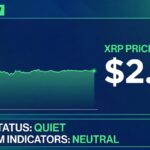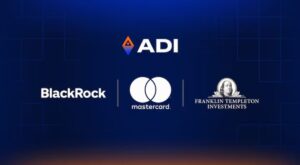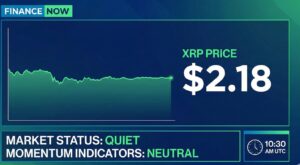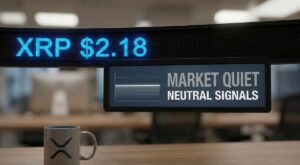Blockchain is going to change the financial world in a big way. The technology’s distributed nature, immutability, openness, and lack of a central authority have all made it possible for more people to use it. The tokenization of assets on the blockchain is an example of this. This idea has become one of the most popular uses of Blockchain technology because it makes it possible to tokenize anything on the market, such as art, diamonds, and real estate. As blockchain technology grows in popularity, tokenization is used increasingly to prove ownership of assets, protect data, and invest in cryptocurrencies. Many users know what a crypto token is, but they might not understand what tokenization is and how it works. This article explains tokenization.
What Exactly Is Tokenization?
Tokenization refers to converting an asset or the ownership rights to an asset into a unique unit known as a token. A token is a unit of data that substitutes for a more valuable piece of information. Tokens are only valuable because they represent something of value, such as a primary account number (PAN). You may wonder, what is the purpose of tokenization? The goal of tokenization is to protect sensitive information while keeping it useful for business.
Tokens are frequently mentioned when discussing blockchain technology, where they are used to signify ownership of a valuable asset. They can indicate ownership of tangible assets, such as works of art, or intangible assets, such as voting rights or shares in a company. Tokenization may be performed on any item deemed valuable. Tokens can subsequently be used to transfer ownership of an asset, make payments, and perform other financial tasks. Tokenization, through the use of smart contracts, may be used to administer not only the monetary investment but also the voting and/or ownership rights associated with that investment.
Types Of Blockchain Tokenization
Fungible Tokenization: An example of a standard blockchain token is Fungible Tokenization. They can be easily traded for one another because they have identical values,
Non-fungible Tokens: Non-fungible Tokens are uncommon blockchain tokens that have no fixed value. Tokens are digital representations of assets like digital artwork or real estate, the value of which is used to establish the token’s own value.
Governance Tokenization: Governance Voting and collaboration on a blockchain network are possible through tokenization, consisting of tokens that stand in for voting rights.
Utility Tokenization: Utility tokens are used to give access to certain products or services on a particular blockchain. They can be used to pay transaction fees or run a decentralized market system.
Benefits Of Tokenization
Crypto tokens offer a variety of user benefits that can be categorized into three most prominent categories.
- Better and more affordable financial transactions
With cryptocurrency tokens, we can avoid relying on any third parties to process our transactions. Tokens offer a means for faster and cheaper transactions.
- Transparency
Any computer that interacts with a blockchain can view all of the transactions that have taken place. Tokenizations foster transparency of transactions.
- More Liquidity
Once an asset is tokenized, it can be used by a much larger group of people. This makes the market more liquid and eliminates the “liquidity premium” that comes with investments.
Conclusion
Tokenization has helped keep business data safe over the years, and now it is making it easier to trade ownership of assets worldwide. But there are still a plethora of issues that keep tokenization from reaching its full potential as a way to invest. Each country has different rules about investing and technology, which makes it hard to make transactions go smoothly. Nonetheless, governments are starting to change their rules, and people are learning more about how to use tokens. This is helping the technology grow and be seen as a powerful financial tool.




























